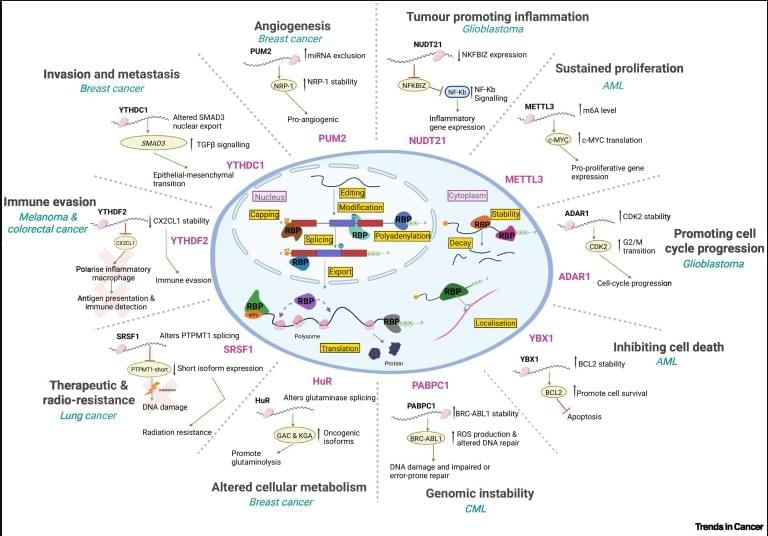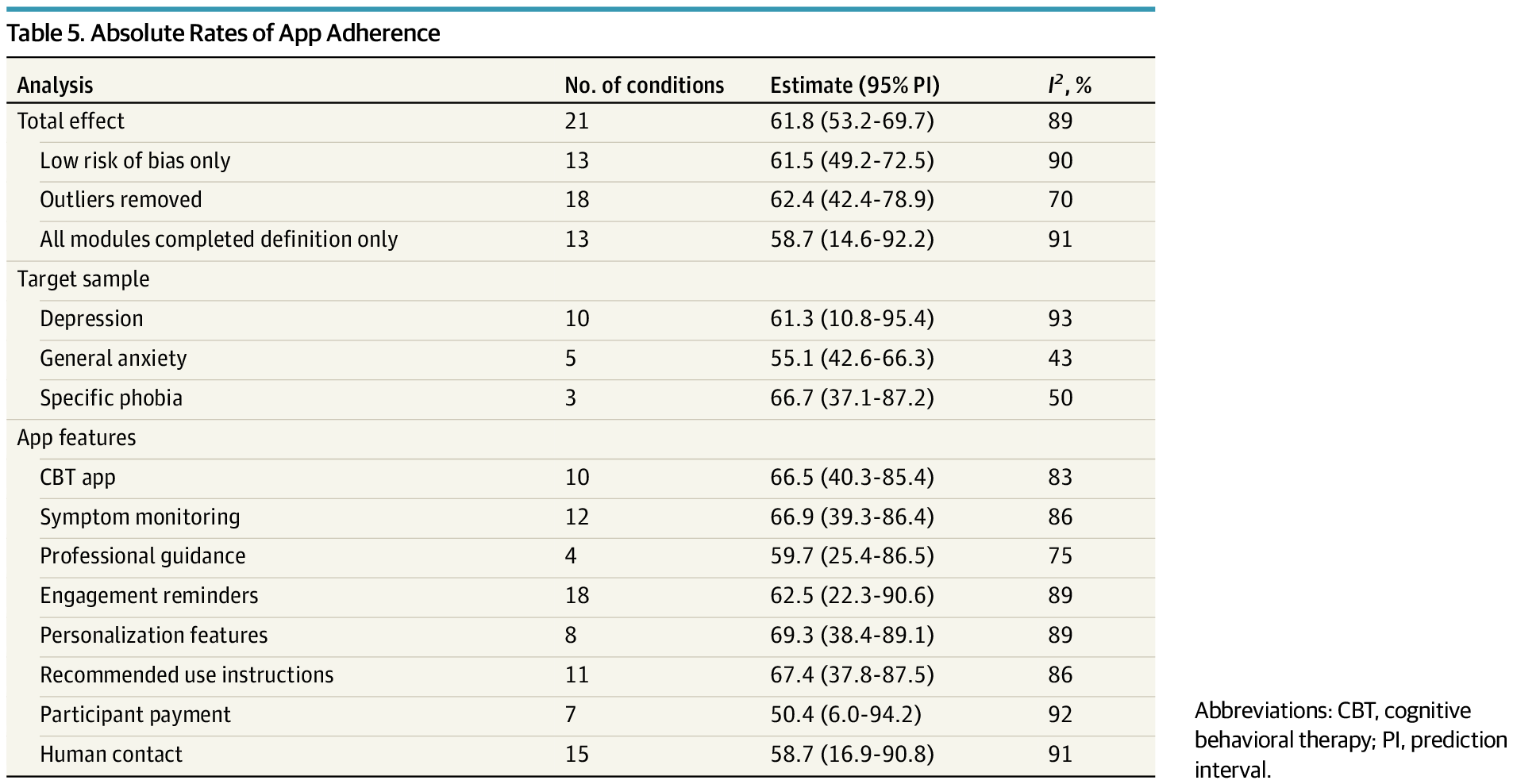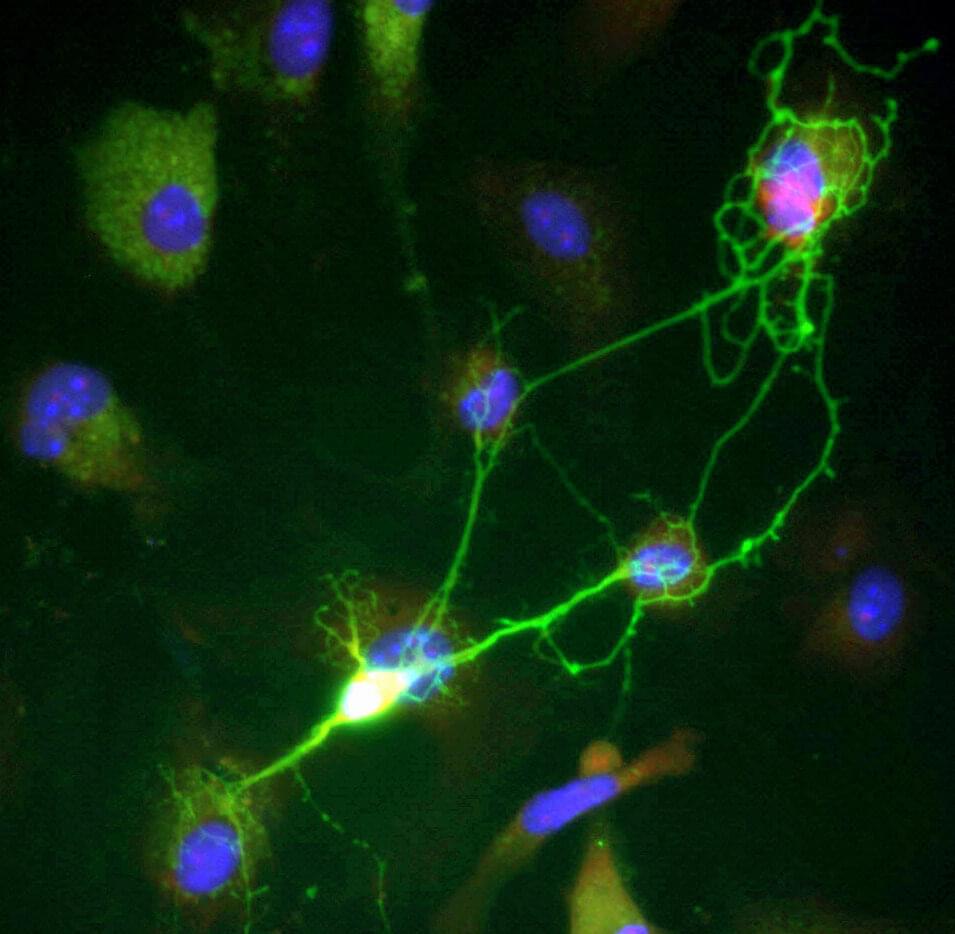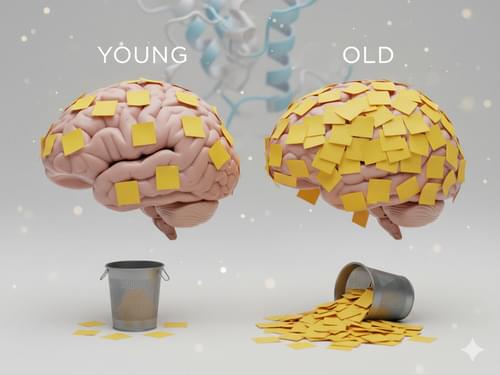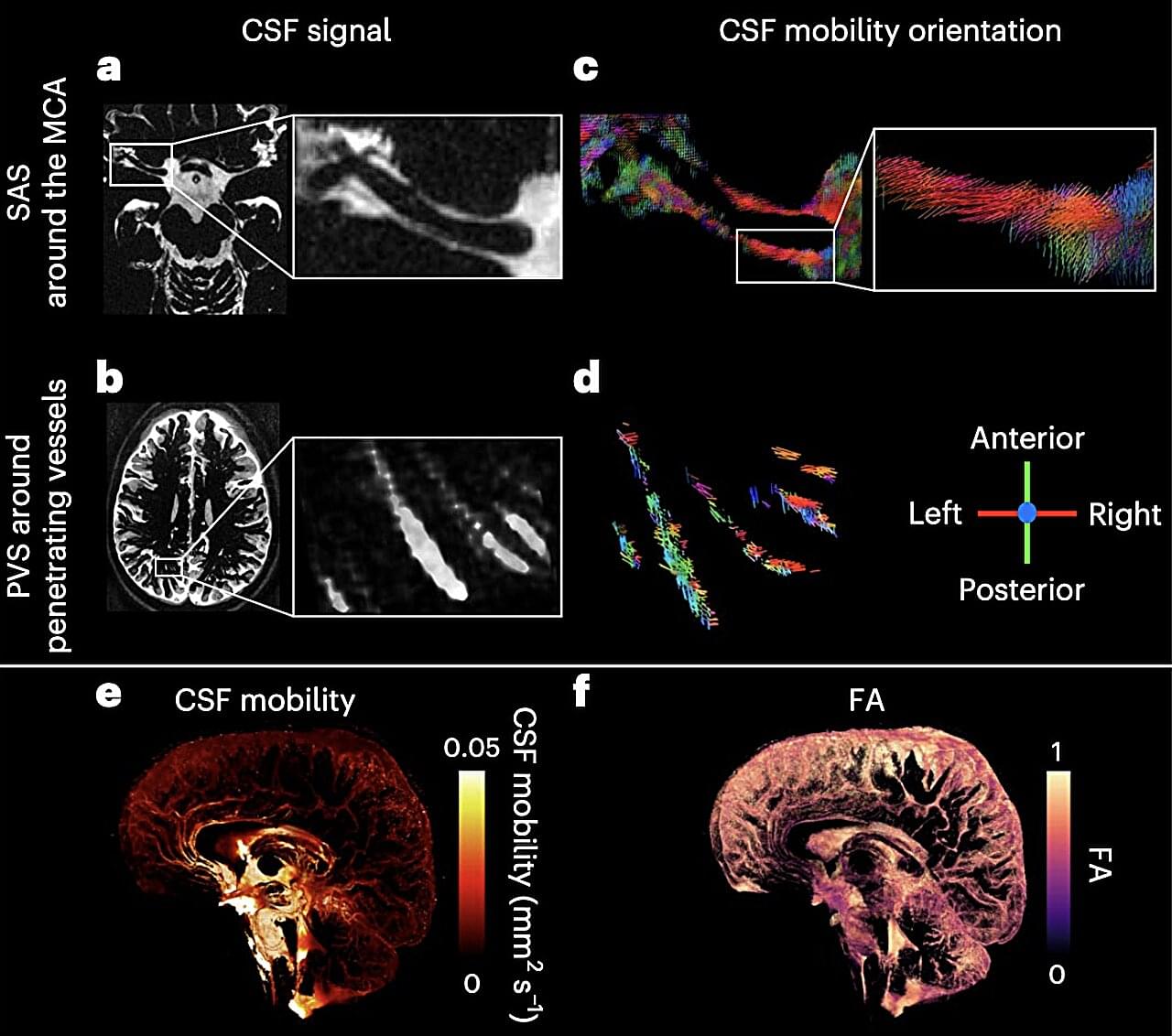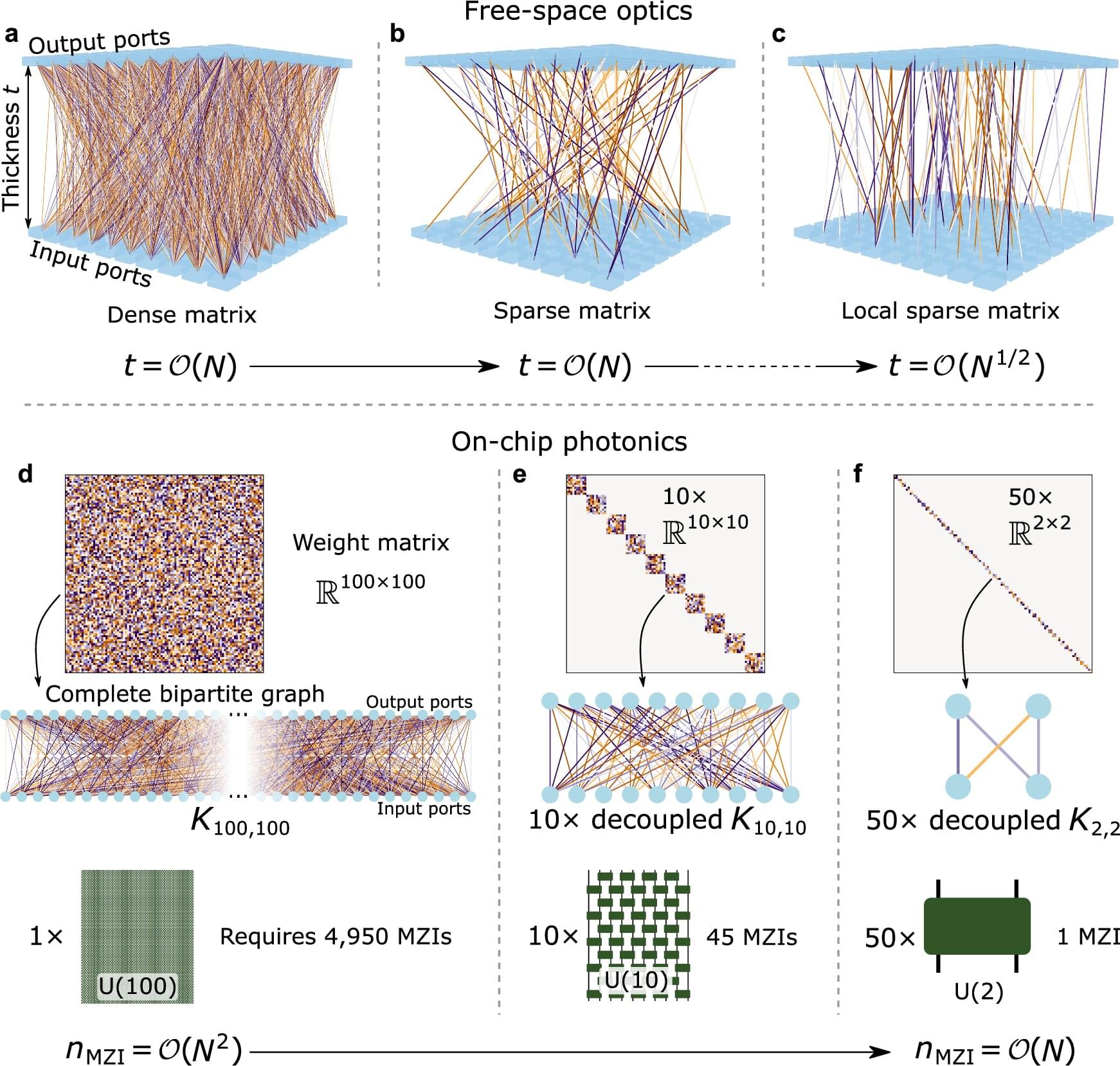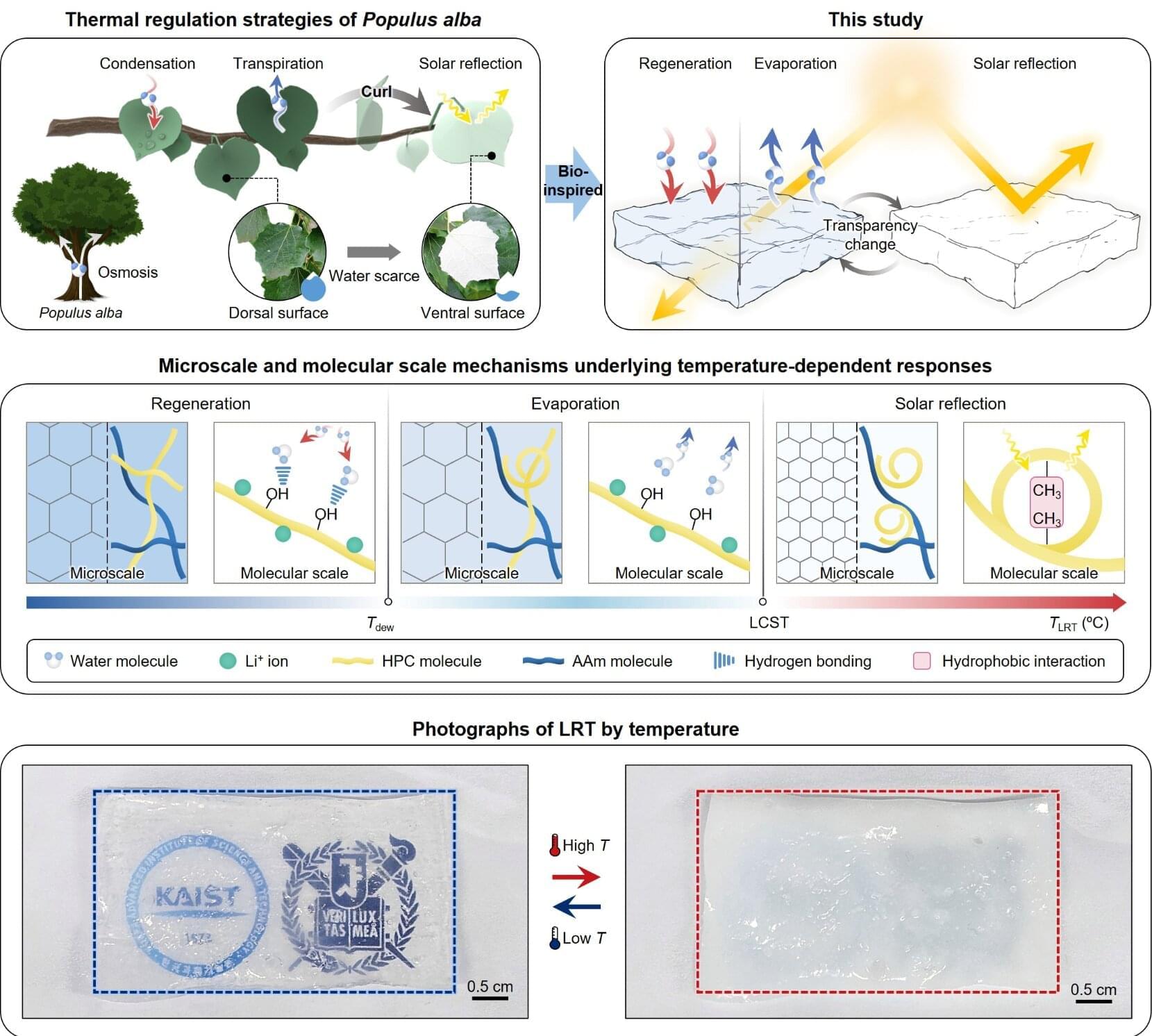Plasticity of RNA-binding proteins in cancer.
Extensive research has shown that RNA-binding proteins (RBPs) can influence all cancer hallmarks via post-transcriptional regulation of gene expression.
Many RBPs are considered to be prognostic markers in cancer, and are emerging as important targets for therapeutic intervention through the development of drugs targeting RBPs.
Multiple RBPs play contrasting roles across cancer contexts and can facilitate or suppress cancer depending on the type, subtype, or stage of cancer.
The ability of an RBP to bind to a substrate, and the consequences of binding, are highly dependent on cell type-specific modifications of RBPs, their substrates, and interacting regulatory proteins and RNAs. https://www.cell.com/trends/cancer/fulltext/S2405-8033(25)00253-5 https://sciencemission.com/plasticity-of-RBPs-in-cancer
RNA-binding proteins (RBPs) govern RNA-based post-transcriptional processes that generate the abundance and diversity of the proteome. RBPs have recently emerged as crucial cancer regulators that can influence multiple cancer hallmarks. However, many RBPs display remarkable variations across different tumor types and can exert both tumor-promoting and tumor-suppressive effects. These opposing roles are often attributed to context-dependency, but there is a distinct lack of clarity regarding what aspects of cellular context define the differences in the roles of RBPs. Given the recent development of RBP-targeted interventions, resolving this significant gap in the field could improve the selectivity and specificity of RBP biomarkers and therapies in cancer.
